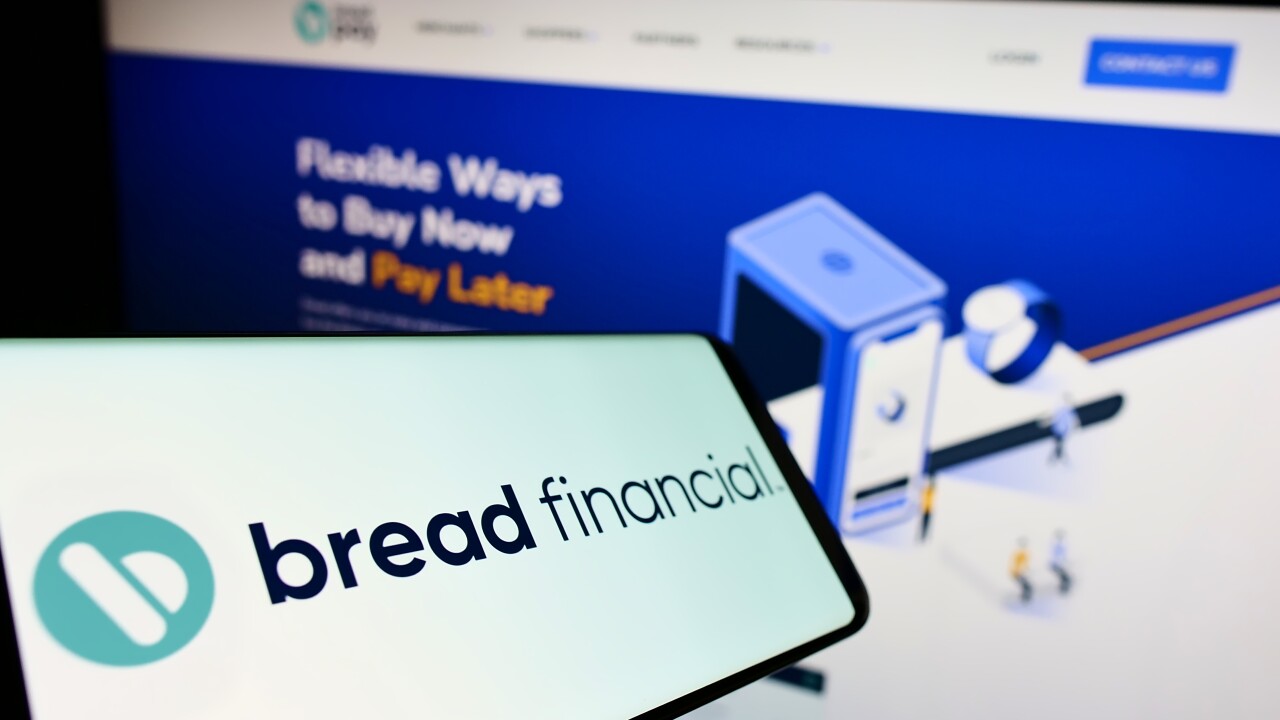The role of financial brands in our daily lives is constantly changing. Just consider the remarkable transformation of banking from only physical locations with narrow services to an ever-expanding variety of new physical and digital touchpoints, including ATMs, credit cards, mobile banking, payment apps, and more - all performing countless different functions.
Sound and voice technology are driving yet another evolution of the financial experience, bringing a new level of speed, convenience, and (strangely enough) personality. But for financial brands, adopting these innovations is only the beginning. A well-designed and distinct approach to sound may become one of the key factors in building consumer connections. This extends across mobile app transactions, contactless payment verifications, and more — all using voice and sound to support the user’s journey while aiding brand recall.
Audio cues are becoming increasingly important with the growth of audio content, as well as the rise of connected, multi-platform, voice-driven and mobile technologies. In fact, with the COVID-19 pandemic exacerbating our reliance on technologies to connect with each other and manage our financial lives and systems, sound’s power as a branding tool has become even more clear. To build and retain brand unity, financial brands must develop a holistic sound strategy that both meets functional needs and provides differentiation in a soon-to-be crowded landscape.
While most of the world’s services are now digitized, digital financial services in particular have exploded in the past few years. These financial brands that are spread across a huge variety of digital touchpoints face challenges in cultivating a cohesive brand identity. More and more brands, however, are coming to understand how and why sound can be one of the most effective tools in building brand unity. Holistic sound and voice design allows the array of products and services to feel familial — separate but genetically related.
For example, having a voice assistant in your app or platform creates a new digital touchpoint that is still easily identifiable with the rest of the brand, and many financial brands have taken notice. The Barclays mobile banking app recently enabled voice payments via Siri, and Bank of America’s virtual assistant Erica
Some barriers — namely privacy and security — still stand in the way of fully introducing voice technology into the financial sector.
In the midst of so much brand fragmentation, Mastercard and Visa have both recently invested in new sound identities in an attempt to unify their brands. However their sonic approach is only the beginning of what’s possible, signaling the first step in creating what could be a deeper, more affecting sensory experience.
Another example of a sound strategy from a financial brand came in 2018 when HSBC launched a new visual identity that also warranted the development of a new sound identity. To achieve this, HSBC went beyond basic composition, commissioning electronic musician Jean-Michel Jarre to compose seven unique versions of a musical theme articulating HSBC’s brand promise, each differing in mood and energy to suit various contexts.
Launched in a series of videos in 2019, the composition acted as branded content that also stood on its own creative merits. HSBC also worked with a group of former students and influencers to record local soundscapes in India, Malaysia, Taiwan, and Singapore, creating a four-track
While challenges to broader adoption remain, a strategy-centered approach to sound and voice can address consumer needs and represent brand experience. Sound is new territory for many brands, and examples like that of HSBC offer the beginnings of what could be an overarching sound identity and strategy which allows for adaptability and responsiveness to emerging trends while remaining true to the brand voice and engendering trust and brand affinity at every touchpoint.





